Maya is one of the Best 3D software used for modeling and animation that artists and studios use all around the world. Even though Maya was one of the last 3D software to hit the market compared to the other major 3D packages we have today it found its place in many industries such as VFX and Video Game development studios right from the start because it was not created from thin air.
It was a result of many advances in animation technologies and many other events that took place before it became what it is today.
https://www.youtube.com/watch?v=abEG41t6XZ8&t=4s
This is the story of rising of the 3d software Maya
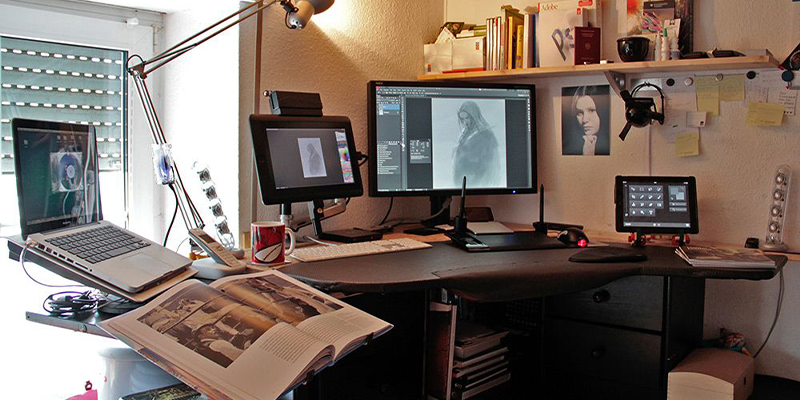
Maya was brought to existence in the 1990s, a period of time when the competition for making better and efficient 3D software was fierce.
In the early 1990s, The VFX and 3D gaming industry were growing rapidly due to the availability of 3D software that allowed studios to push the quality of the visuals in movies in addition to achieving more natural animations with better-looking characters and environments in video games.
In 1995, Toy Story, the first 3D animated feature was released and Silicon Graphics is historically known as Silicon Graphics Computer Systems which was an American high-performance computing manufacturer, producing computer hardware and software.

Silicon Graphics purchased Alias and Wavefront and combined them into Alias|Wavefront. The merger, which would lead to the creation of Maya a few years later, happened in response to Microsoft’s recent acquisition of Softimage at that time which was seen as a threat to Silicon Graphics’s market dominance in selling expensive workstations for use with computer graphics software.
Softimage was a genius 3D software in the period we are talking about that’s why it was loved by studios and artists who used it, also it was a source of fear for the competitors.
Silicon Graphics was already in a partnership with Alias as their hardware provider, selling a workstation every time Alias sold software. In turn, Alias, which was founded in Toronto in 1983 by four people with the goal to produce a user-friendly animation program, had taken its’ name from the only paying gig the company had at the time – writing anti-aliasing programs for Silicon Graphics users.
By the early 1990s, a time when a lot of things were happening in the world of computer graphics, Alias already had a good reputation in the entertainment industry, at first through its’ modeling software Alias, which was one of the earliest programs to use NURBS, and later through PowerAnimator. This was closely linked to the use of Alias software by Industrial Light and Magic (ILM), which received a lot of publicity in 1989 when they won the Academy Award for Best Visual Effects with The Abyss. This gave Alias software high-profile recognition for the first time in movie animation when the pseudopod creature in the film (which was seen as one of the most technologically advanced at the time) was made with Alias NURBS rather than the standard polygons.

The following year Alias released PowerAnimator and ILM again won the Academy Award for Best Visual Effects with Terminator 2: Judgement Day. PowerAnimator was used in the film to create Arnold Schwarzenegger’s main enemy, the chromium killer cyborg. Schwarzenegger earned $12 million for his role in the film. The liquid metal mans’ cost of production worked out to about $460,000 per minute (compared to just the $200,000 per minute for Schwarzenegger).
From here PowerAnimator was used on numerous Hollywood blockbusters and in 1993 ILM again won Academy Awards for the effects in Jurassic Park, which remains one of the most important films for the development of computer graphics and its use in film. In addition to the giant animatronic dinosaurs created for the film, the first computer-animated dinosaurs ever hit the screen and for this PowerAnimator was used.
With the success of this film, new companies such as Digital Domain were starting up and the VFX industry was being built. At this point, Alias had all the important film companies with Disney, Pixar, Sony Pictures Imageworks, and Cinesite on their client list. This is also when the development of Maya first got started at Alias.

Meanwhile, Wavefront, which was set up in California in 1984 and just like Alias intent on producing graphics software, had reached out internationally and was better placed to reach the overseas markets. An early investor in the company was the government of Belgium and offices in Brussels were opened, they also acquired the French company Thomson Digital Images who held innovative animation technology that went into the core architecture of Maya after the merger, as well as allowed expansion into Asian and European markets.
When Maya was released in 1998 as the new flagship product of Alias|Wavefront it was the culmination of three 3D software lines: Wavefronts’ Advanced Visualizer, Thomson Digital Images’ Explore, and Alias’ Power Animator, with the development having started at Alias already in 1993. Maya, which is a concept in Hindu philosophy and roughly translates from Sanskrit to mean “illusion”, quickly became the film industry standard as it was already well placed in the market, taking over from PowerAnimator which was canceled shortly after the release of Maya. Alias|Wavefront clients were switching over to the new platform, which was already in use at many VFX houses before the official release. Some of the companies on the list of beta testers were Cinesite, Square, Blue Sky Studios, and Rhonda Graphics.
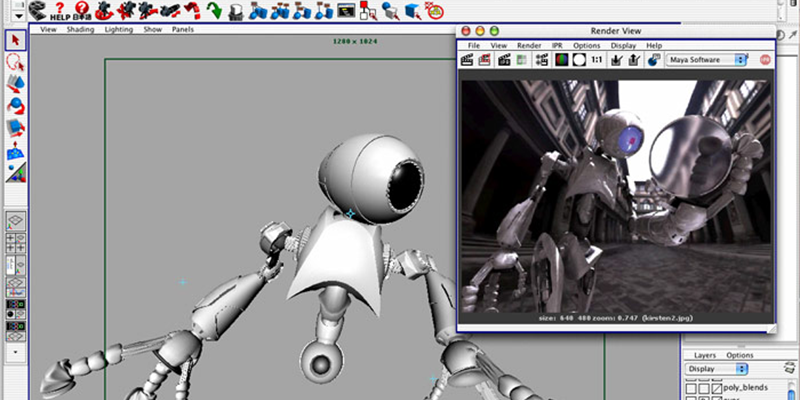
Just like Jurassic Park had been important in establishing the use of computer graphics for special effects, another movie also including dinosaurs was crucial for the development of Maya. This was Disney’s Dinosaur, which when it came out in 2000 was the most expensive film of the year at a production budget of US$127,5 million. It also made extensive use of CG dinosaurs which were composited onto dramatic live-action backgrounds filmed at scenic locations around the Americas. Disney worked closely with Alias on the development of Maya during the production of the film, requesting a customizable User Interface, which was a particular influence on Maya’s open architecture, something that’s partially responsible for why the program has become so popular in the industry.
Maya continued to be used by ILM on the new Star Wars prequel and also received a big push in 2001, the year mental ray support for Maya came and the world’s first “photorealistic” film came out with Final Fantasy: The Spirits Within from Square which used Maya to create all the digital characters in the film
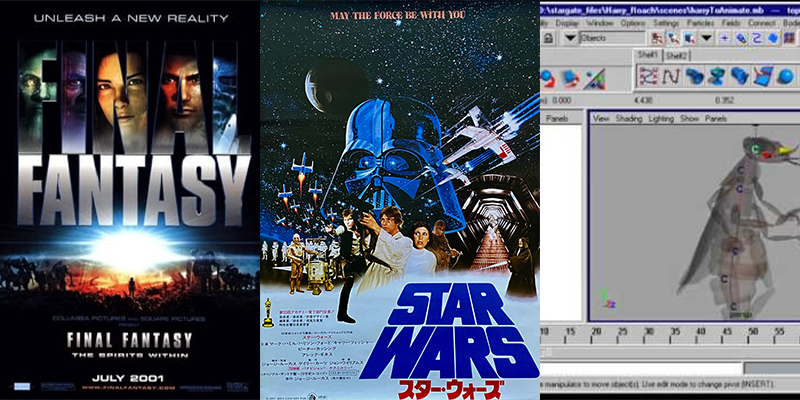
In the beginning, Maya came in two versions; the cheaper Maya Complete for modeling, animation, and rendering, and Maya Unlimited which was aimed at the high-end production houses including effects such as cloth, and fur plus some more advanced modeling tools. Initially, these were priced high with Maya Unlimited at US$16,000 and Complete at US$7,500 (this was later reduced with a massive price drop to US$6,999 and 1,999 respectively).
Another milestone in Maya’s development came with the addition of a realistic fluid simulator in version 4.5, which could be used to simulate smoke, clouds, fire, and explosions, followed by mental ray integration in version 5 and a significant price drop down to US$6,999/1,999 for Maya Unlimited and Complete respectively.
Dynamics is one of Maya’s core strengths, and Alias continued to build on this with the introduction of the nucleus solver(n) and nCloth in version 8.5, replacing the more cumbersome cloth. The nucleus solver is the common solver for Maya allowing different effects to interact which wouldn’t be possible with independent solvers, and the nDynamics system has been expanded on since with the addition of nParticles and nHair.

Even though Maya had a big influence on the VFX industry it also played a very important role in the game development industry as well. Actually alias software PowerAnimator was already being used in the video game industry, in addition of course to 3ds Max and Softimage that was really going strong in the late 1990s and 2000s.
Many studios over the years switch from software such as Softimage and 3ds Max to use Maya because of the good animation tools it inherited from alias and wavefront software.
For example, the 2005 Resident Evil 4 which is a third-person shooter survival horror video game developed by Capcom Production Studios, used Maya To work on a lot of the game environments in addition to the animation work. Resident Evil 4 was named Game of the Year at the 2005 Spike Video Game Awards and by Nintendo Power and Game Informer. Also, IGN gave the game the “Best Artistic Design” award in its “Best of 2005” segment. And The International Game Developers Association nominated Resident Evil 4 for their best “Visual Arts” award.
Maya 8.5 was the last version put out by Alias before the company was acquired by Autodesk in early 2006 for US$197 million. When the next version was released it was as Maya 2008 rather than version 9, thus streamlining the naming convention for development cycles with other Autodesk programs such as 3DS Max. With Maya 2010 the two main versions of Maya Complete and Maya Unlimited were dropped and combined into one package that went on sale for US$3,495.
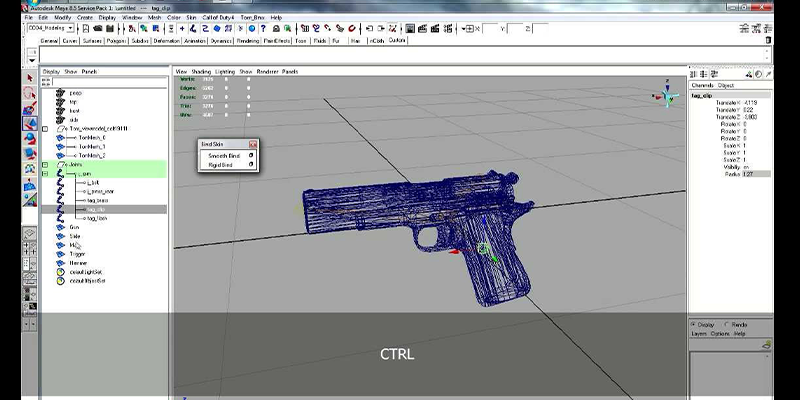
In 2008 the team that developed Maya’s fluid effects system was given an Academy Award for technical achievement, the third the software itself has been awarded so far. In addition, it has been used to create award-winning effects on every movie for the past 15 years.
And in 2013 Autodesk released Maya LT, a new version of Maya aimed at indie game developers, and costing just $795.
Although the official news release described its features as having been “customized specifically” for games work, Maya LT is essentially a cut-down version of Maya 2014.
With Maya 2015 Autodesk has announced a new fluids solver to be added called Bifrost. This is the solver from Naiad, a fluid simulator that was acquired by Autodesk in 2012 along with its development team, that is now responsible for integrating the technology and bringing it to Maya users.
Exotic Matter has begun shipping Naiad around 2011 after it was used in movies including Avatar and The Chronicles of Narnia.

It was Developed by 2 veterans Artists From Double Negative using the in-house fluid system, the release has put Naiad’s innovative toolset within reach of studios worldwide. And after Autodesk acquired this technology and renamed it Bifrost it became one of the most important tools for creating visual effects.







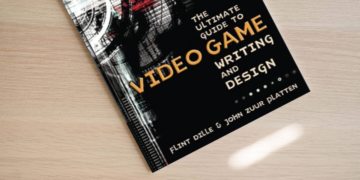



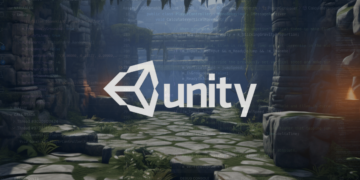











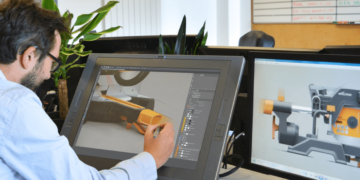







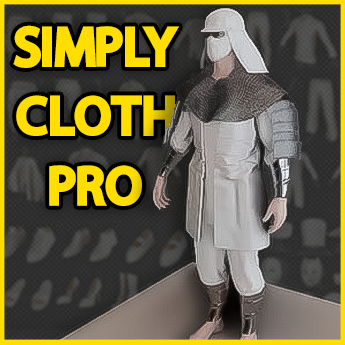

Not even one mention of 1982’s TRON? After all, that’s where Maya truly got its start. What became Wavefront was actively developing and refining the quad-view interface during the production of the movie TRON. That was later integrated into Power Animator and, in turn, Maya.
Thanks a lot for the feedback Neb! We actually have this on our list: we usually dedicate full-feature posts to list the most famous movies and games created in popular 3D packages (like Blender and 3Ds Max for example), and we will be doing the same for Maya. So thanks for the heads-up and stay tuned 😉